First. The Origin and Formation of the Ancient Tea Horse Road
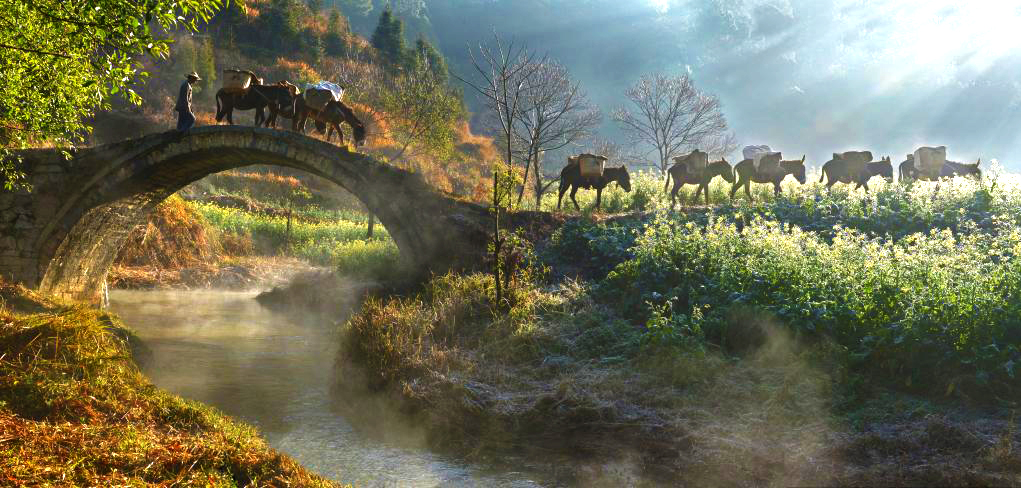
In the long history of China, there is a legendary trade route connecting China with Tibet, South Asia, and West Asia, which is the famous ‘Tea Horse Road’. It is an ancient route carrying history, culture, and commerce, which started in the Tang Dynasty and passed through many dynasties, such as Song, Yuan, Ming, Qing, etc., until the Republic of China period when it gradually declined. The Tea Horse Road is not only a channel for the exchange of tea and horses, but also a witness of cultural fusion, which has become a crucial economic and cultural bridge between China's southwestern border and the mainland. On this ancient road, Tibetans used tea as a necessity of their life due to the lack of tea. The Han Chinese people in the Mainland, on the other hand, exported tea to the Tibetan region through this road, while importing horses and other specialties from Tibet into Mainland China. As a result, a kind of tea as a medium of barter came into being, and gradually developed into the ‘tea and horse trade’. This trade relationship provided the impetus for the formation of the Tea Horse Road and also promoted the economic prosperity of the areas along the route.
The Tea Horse Road is not only a business route, it carries a strong cultural connotation. Behind the tea-horse trade is the Tibetan people's demand for tea and their deep cultural exchanges with the mainland. From ancient times to the present, tea and Tibetan culture are closely related, and the Tea Horse Road has also become an important link between east and west cultural exchanges.
Second, the ancient tea-horse road: the dual mission of cultural exchange and economic trade
The ancient tea-horse road is not only a trade route, but also a road for the integration of Chinese tea culture and Tibetan culture. During the Tang Dynasty, with Princess Wencheng and Princess Jincheng married to the Tubo, tea became an important medium for friendly exchanges between the Tubo and the Han. The introduction of tea not only changed the eating habits of Tibetans but also took root in Tibetan temples, families and society. The landscapes along the Tea Horse Road varied, from the high mountain valleys of Sichuan to the green tea-producing regions of Yunnan to the mysterious plateau of Tibet, each step of the trek telling the story of each ethnic group. Horseback caravans traveled along the thousands of miles of ancient tea-horse routes, carrying tea and goods across the mountains, while different ethnic groups exchanged not only materials but also cultures and emotions on this road. Just like today's cultural exchanges and globalization, the Tea Horse Road not only promotes the exchange of materials but also deepens the mutual understanding and respect between different ethnic groups.
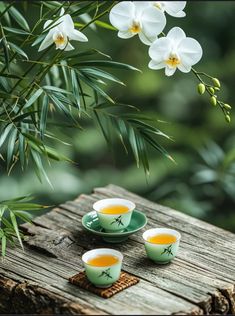
Third, the ancient tea-horse road and the intertwining of tea culture
Walking on the Tea Horse Road, we can feel, not only the history of that period of difficult trekking but also the far-reaching impact of tea culture. Tea culture has a long history in China, it is not only the choice of daily drinks, but also a cultural symbol, which is the concentration of traditional Chinese philosophy, art, morality and attitude to life. Tea has played an extremely important role in the history of the Ancient Tea Horse Road. Whether it is in Sichuan, Yunnan, the origin of Chinese tea, or on the Tibetan plateau, the role of tea is much more than a drink. It is a necessity of life, is the link between different cultures and nationalities.
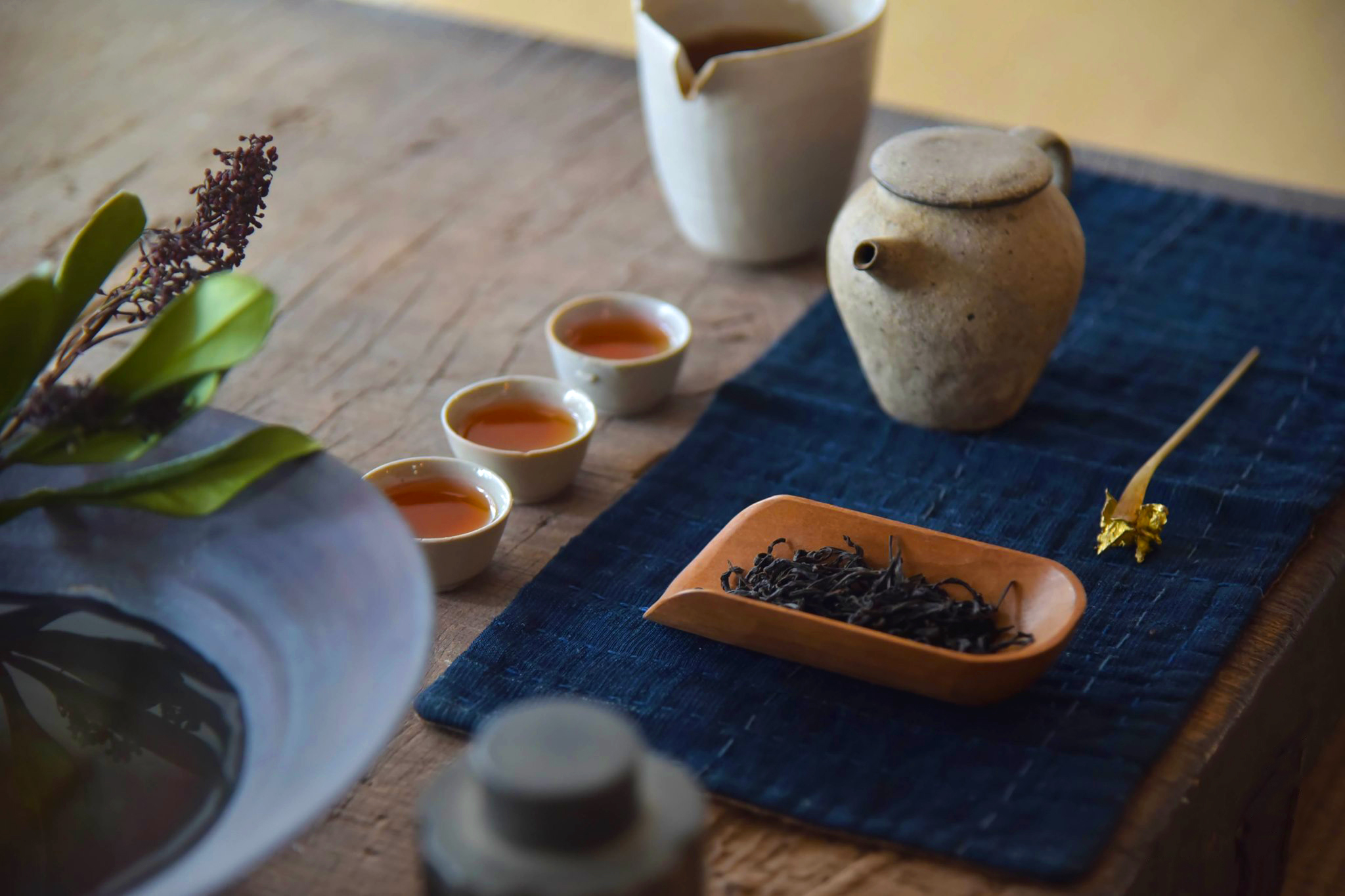
Stories on the Ancient Tea Horse Road
In the long river of Chinese history, there is a beautiful and profound story, across the millennium is still moving, that is, Princess Wencheng and Songtsen Gampo's marriage story. This history not only changed the fate of the two countries, but also opened the door for cultural exchanges and the spread of tea culture.
The story begins in 641 A.D., when the Tang Dynasty was strong, had a vast territory and an increasingly active foreign policy. The Tibetan kingdom of Tubo, under the leadership of Songtsen Gampo, was in a critical period of national unity and strength. Songtsen Gampo was far-sighted, and he knew that the strength of a nation did not only depend on military and political power, but also on cultural integration and exchange. Thus, he proposed a marriage to the Tang Dynasty with the aim of strengthening the ties between the two countries through this marriage, especially in terms of cultural and trade exchanges. Princess Wencheng of the Tang Dynasty was talented, intelligent and resourceful, and was one of the most prestigious families of her time. Her marriage was not only a political necessity, but also a symbol of culture and friendship between the two countries. Princess Wencheng was sent to Tibet with a rich dowry and precious gifts, the most important of which was tea from the Central Plains. The tea culture of the Tang Dynasty was already quite developed at that time, and tea was not only an indispensable drink in daily life, but also a symbol of elegance and aristocratic lifestyle. When Princess Wencheng set foot on the land of Tibet, the tea she brought with her aroused the great interest of Songtsen Gampo and the Tibetan people. With the cold and dry climate of Tibet's plateau, the Tibetan people have long relied on ghee tea, a beverage with a strong milky and savoury flavour that is suitable for providing the calories and energy needed in a harsh environment. However, the real popularity of tea in Tibet is thanks to this marriage.

Princess Wencheng brought tea from the Tang Dynasty to Tibet, and her arrival brought not only the seeds of tea, but also the tea-drinking culture of the Central Plains. Initially, the Tibetan people did not fully accept this novelty of tea because of the big difference in flavour between it and the traditional ghee tea. But as time went by, more and more Tibetans began to try and gradually accept this tea. This has not only changed the drinking culture of the Tibetans, but also influenced their daily life and eating habits. The tea's refreshing aroma, refreshing and demulcent effects made it quickly become part of the daily life of the Tibetan people, especially during their long-distance travels and trade, when tea became a necessary material. At this time, the role of the Tea Horse Road also became more and more important. As an important trade route connecting the Central Plains and Tibet, the Tea Horse Road became the main channel for tea to enter Tibet. The exchange of tea and horses became the most important form of trade on this ancient road. Horses, furs and specialities of the Tibetans flowed into the mainland through this ancient road, while tea from the Central Plains entered Tibet through caravans and pack trains. Especially in the implementation of the tea and horse market system, the tea and horse trade on the ancient road more frequent, tea has become a bridge between the two places in Tibet and China.
This ancient road spanned high mountains and valleys, desert and Gobi, and despite its precipitous terrain and harsh environment, every path, every bridge and every post station is a witness to the cultural exchanges between the two places. Princess Wencheng was not only a bridge for political marriage, she was also a messenger of culture between the two places. She brought the tea culture of the Central Plains, and the Tea Horse Road carries the transmission of this culture.
The ancient tea-horse road is not only a trade channel, it is also a cultural flow channel. Through this ancient road, the tea culture of Tibet not only spread to every corner of Tibet, but also became a symbol of cultural integration between the two places. The popularity of tea in Tibet not only changed the dietary structure of the Tibetans, but also promoted the communication between the Tibetan people and the outside world. Among them, the marriage story of Princess Wencheng and Songtsen Gampo is undoubtedly the most moving chapter. This history not only makes tea a part of Tibetan culture, but also lets us see a beautiful picture of cultural intermingling. Since then, the ancient tea-horse road is not only a channel for trade and commerce, it is a witness to the intertwining of culture, emotion and history. And Princess Wencheng's tea culture mission has become an eternal story in the long history.
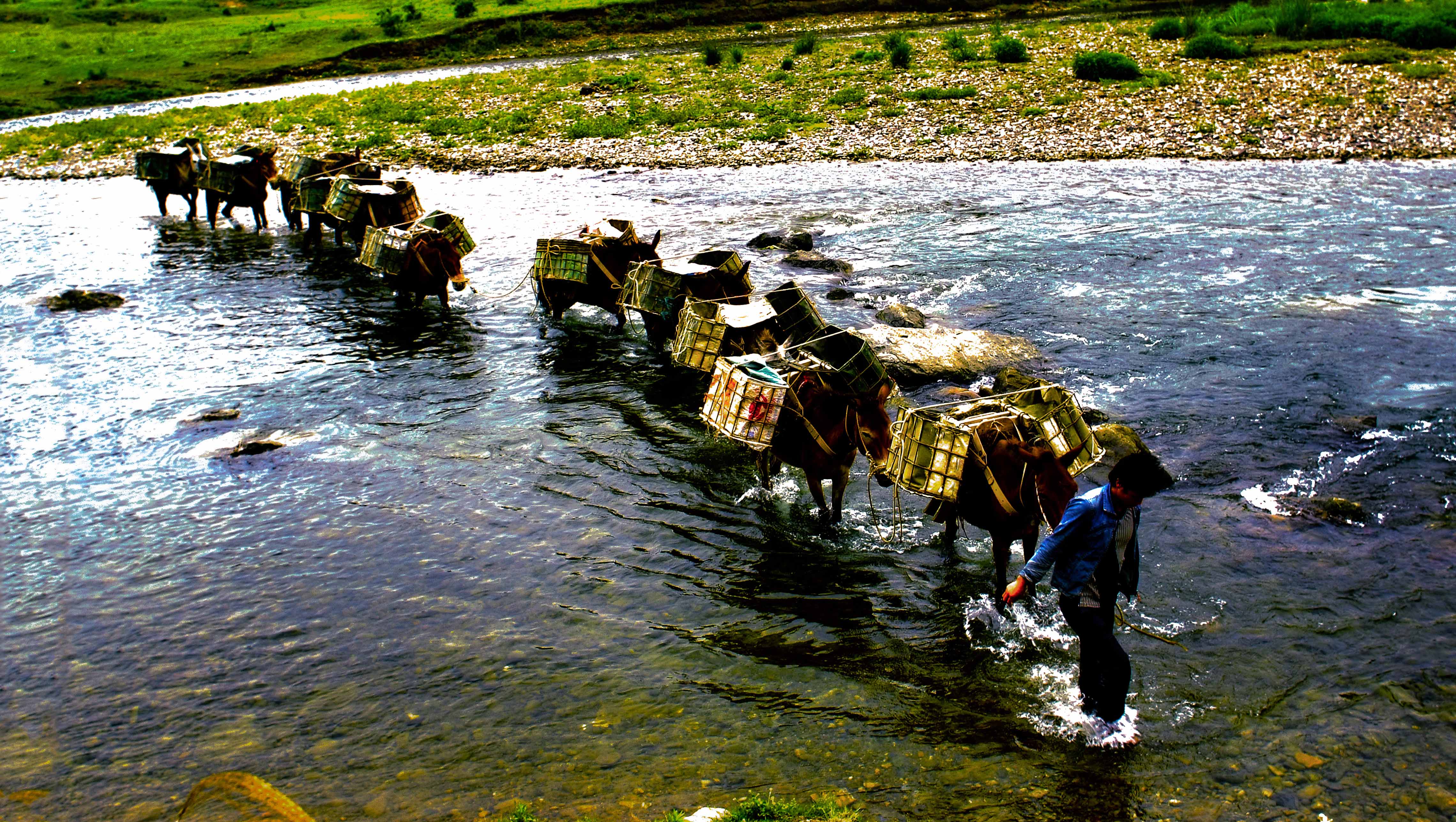
Fifth. The combination of modern catering and tea culture: the innovation of green flavor
Although today's Tea Horse Road is no longer the main channel for material exchange, tea culture still continues in our daily lives, especially in modern food culture, the clever integration of tea and innovation is still the highlight of the catering industry. For example, the innovative use of tea in modern catering has broken away from traditional tea drinks and become an important flavoring ingredient in cooking. Take our Green Tea Barbecue Seasoning for example, which is based on the traditional concept of the Tea Horse Road of ‘removing fishy smells and adding flavor’. In ancient times, Tibetans used tea to remove fishy odors and flavors, and today, Green Tea Seasoning has cleverly brought this tradition to the modern table. Especially in barbecue, green tea barbecue seasoning can effectively remove the fishy smell of meat, add a hint of fresh aroma, and enhance the flavor of the whole dish. For example, when barbecuing lamb or beef, adding green tea seasoning can neutralize the strong odor of the meat and add a refreshing touch of tea. This heritage of tradition.The combination with modern innovations has led to a richer use of tea culture in catering. Just as the Ancient Tea Horse Road carried cultural exchanges, today's modern tea culture connects the ancient tea ceremony with modern dining life through innovation. Whether it is the aroma of tea when tasting tea, or the taste of tea in a delicious barbecue, tea culture still provides us with a unique taste experience with its deep heritage.
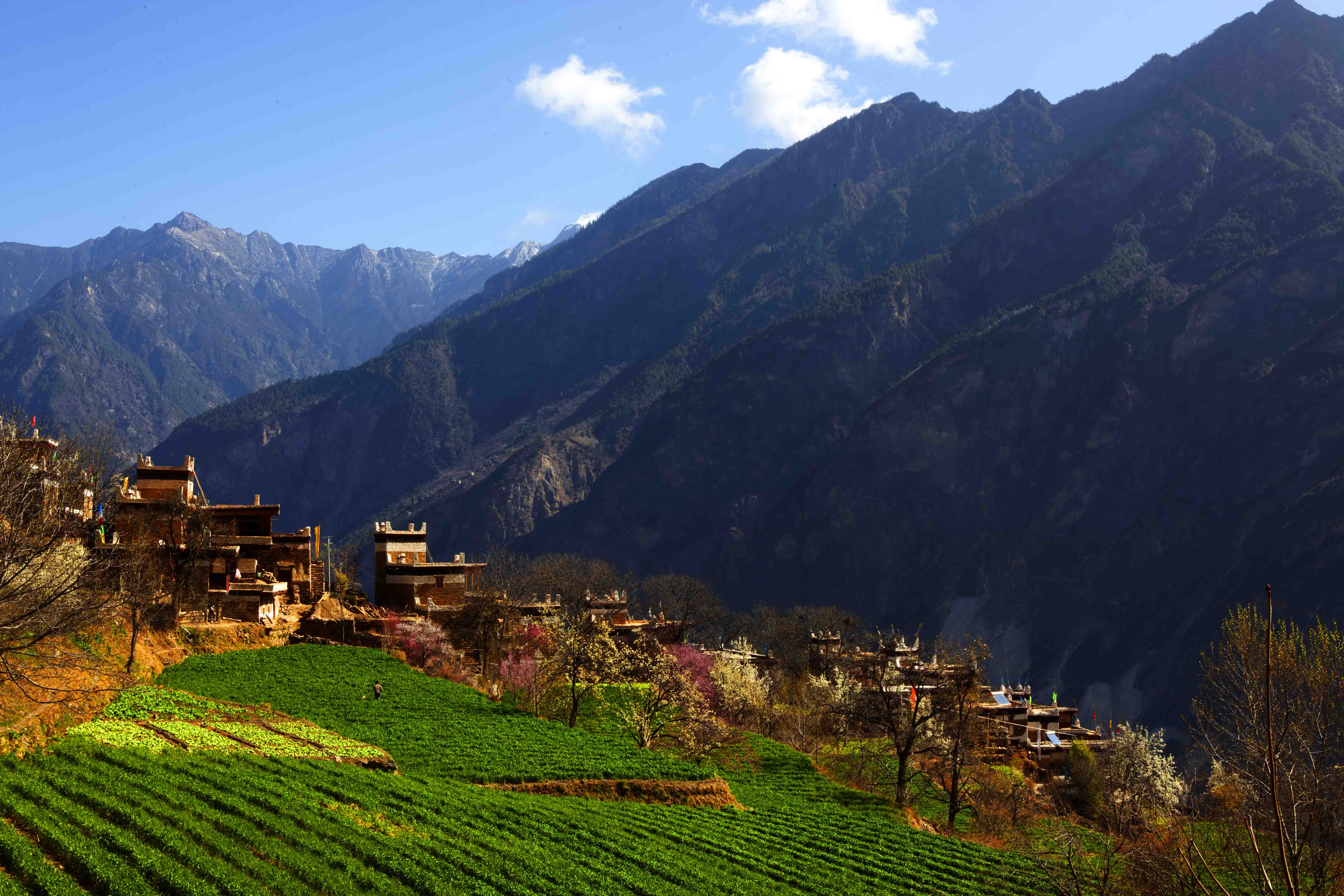
Sixth, the continuation of the spirit of the Tea Horse Road: a cultural symbol of modern life
The Ancient Tea Horse Road is a historical symbol, which is not only a commercial channel, but also carries a far-reaching culture that transcends nationalities and geography. Today, when we look back on this period of history, we not only see the hardships of the pack caravans travelling through the treacherous mountains and rivers, but also the interaction and integration of tea culture among different ethnic groups.
Just as the Ancient Tea Horse Road has historically facilitated the exchange of culture and goods between different ethnic groups, so too in today's food and beverage culture, tea culture continues to convey the spirit and value of tea through the combination of innovative and modern elements. Through the historical legacy of the Ancient Tea Horse Road, we have seen how Chinese tea culture has intersected, collided and continued to innovate with other cultures around the world.
Similarly, modern innovations, such as the Green Tea BBQ Seasoning, are also based on this historical context, and pass on the wisdom that tea and food complement each other. In addition, this seasoning continues the spirit of the ancient tea-horse road, prompting us to revisit the unique value of tea in our modern food culture. It is not only a flavouring for cooking, but also Modern people's respect for the history and the prospect of the future.
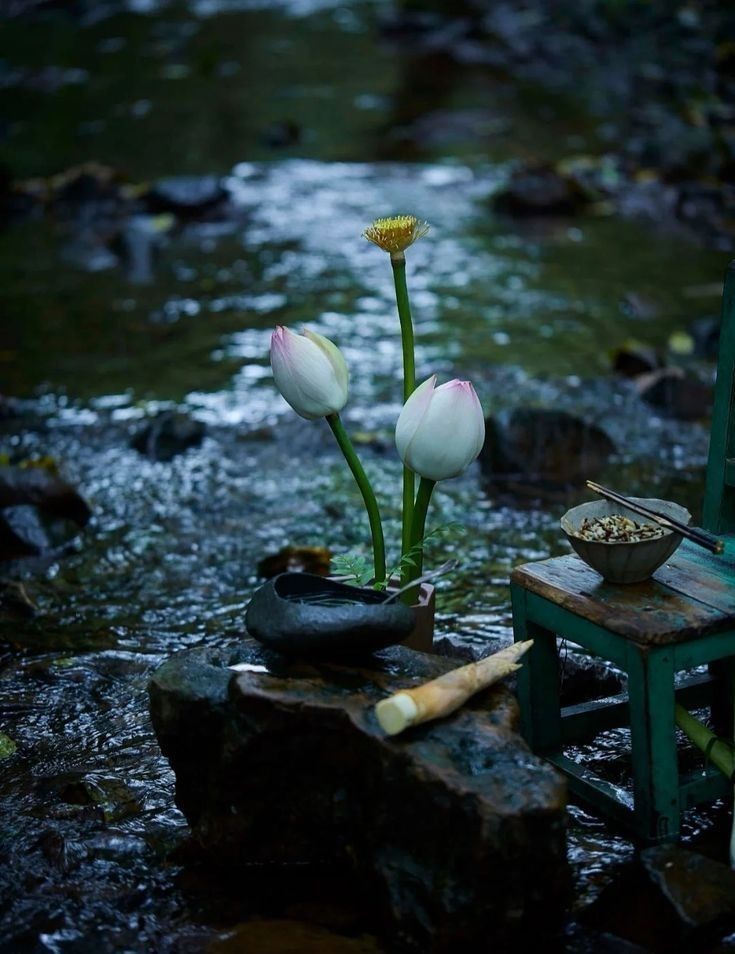
Lastly. The Sustainable Inheritance of Tea Culture
The history of the Ancient Tea Horse Road has become the past, but the inheritance of tea culture still plays an important role in modern life. Through the innovation of modern catering culture, tea continues to occupy a place in our daily life and become a regular guest on our table. Whether as a refreshing cup of tea, or as a flavouring ingredient in a seasoning, tea demonstrates its deep cultural heritage in every detail.
The ancient tea-horse road, as a witness of history and culture, is no longer just a passage for the exchange of goods, but the spirit it carries has been integrated into our lives. Today, we continue this historical legacy by savouring the food and enjoying the aroma of tea. In this cultural river spanning thousands of years, the combination of tea and food, whether it is the ancient Tea Horse Road or the modern innovative seasoning, carries the exchange of culture and emotion, and conveys to the world the far-reaching influence and wisdom of Chinese culture.
